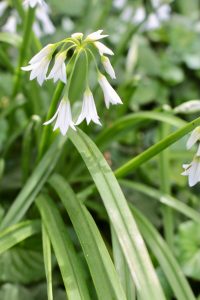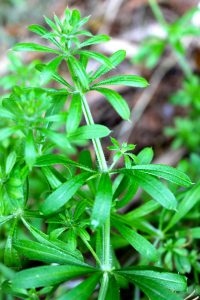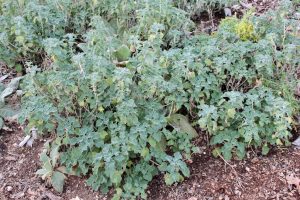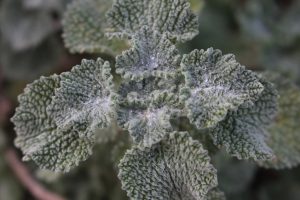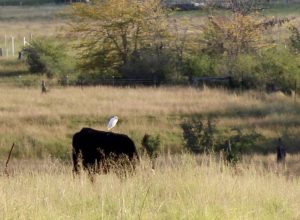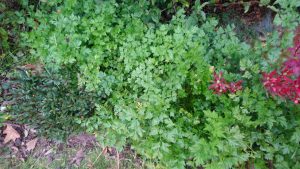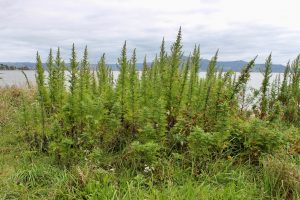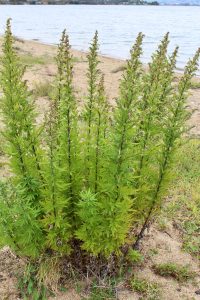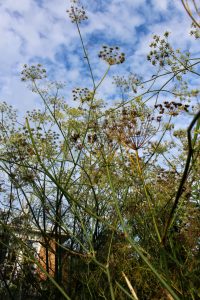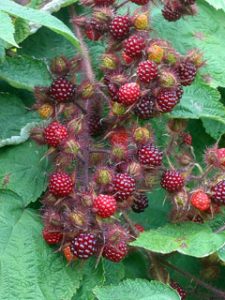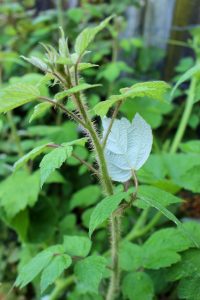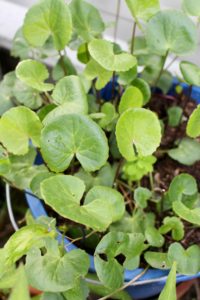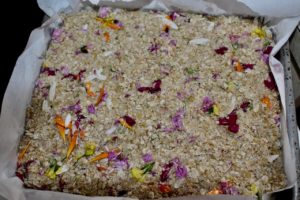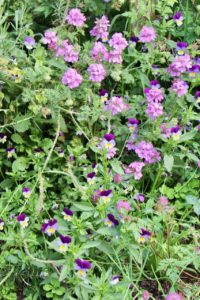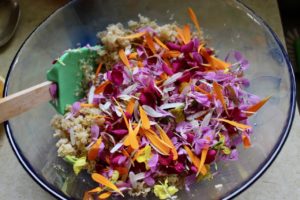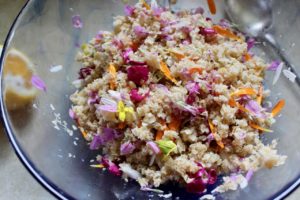You know onion weed is there if you walk through a patch or mow it as it lets off a strong smell of garlic or onions. It’s flourishing now in September in NZ and my little patch of it has just sent up beautiful bell shaped flowers (that look similar to snowflakes (most people call them snowdrops), but snowflake leaves do not smell of garlic) hang in clusters and each of the five petals of each flower has a green stripe. The grass like leaves and flower stalks 20-50 cm tall are triangular in a cross section. The latin name Allium means garlic and triquetrum means three-angled of the stems.
Onion weed is a perennial that grows from small bulbs 1cm in diameter. It can grow into extensive colonies that are hard to remove because the leaves are fleshy and easily break when they are pulled. It is also hard to get all the small bulbs out. When I lived in Palmerston North it grew en masse under my walnut tree. Even I at that time (not appreciating weeds then) considered it a terrible weed because there was so much and it is so hard to remove.
